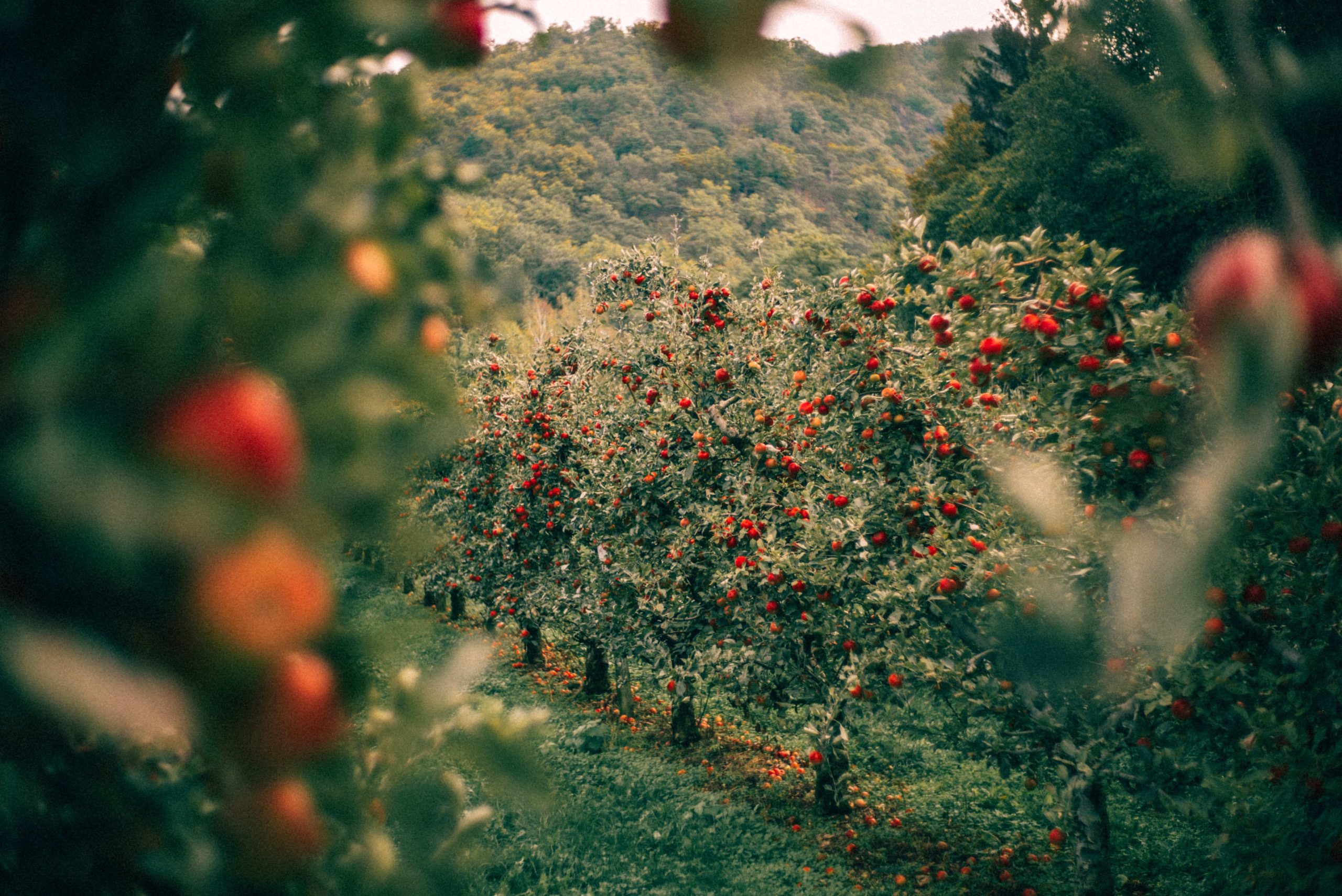Crown gall of apple roots (Phytophthora cactorum) most commonly occurs on apples, less frequently on pears and stone fruit species. It was first identified in Croatia in the Neretva Valley in 1980, and later confirmed in other locations.
Disease attack
Root crown.
Disease pathogen
Phytophthora cactorum fungus.
Symptoms of the disease
The first symptoms manifest as a change in color near the grafting site. The bark at this location initially becomes reddish-purple, eventually turning dark brown. On cutting the wound, chocolate-brown diseased tissue is visible. The transition between diseased and healthy tissue is not sharp. Diseased tissue has a specific bitter almond odor. The leaves of the affected tree also change color, new growth becomes smaller, and shoot tips start to curl. Later, the leaves wilt and drop. The fruits are small and intensely colored.


Biology of the disease
The fungus lives saprophytically in the soil. It attacks fruits that fall to the ground, and with raindrops, it reaches fruits on low branches. On infected fruits, it forms sporangia, spreading the disease. It overwinters as oospores formed on infected fruits and also on the tissue of diseased tree bark. It can penetrate tissue only at points of damage. Its attack on the cambial layer destroys conducting bundles, adversely affecting tree growth
Conditions required for infection
The optimal temperature for the emergence of oospores is 25 °C, and they can germinate at temperatures as low as 16 °C. In warm and humid weather conditions during March and April, infection occurs.


Crown gall of apple roots – Protection
Preventive measures recommended for the control of crown gall of apple roots include planting orchards in well-aerated, permeable, and well-structured soils, and systematic weed control to keep the root collar as dry as possible. It is crucial to choose high-grafted seedlings and more resistant varieties and rootstocks (very sensitive rootstocks include MM106, M26, and M7). Damage to the trunk during basic agronomic operations should be minimized. Infected fruits should be removed from the orchard as they are a source of new infections.
Infected trees should be cleared from the orchard as soon as possible.













































